Persian stone of Karam
Description
To purchase building stones, we must consider their technical specifications and compatibility with the decor. Building stones come in various colors, so when choosing, we are faced with many options in different colors.
There are many building stones that fall into the category of cream-colored stones. Especially in travertine stones, cream color is more common, and most of them are cream-colored. The use of cream color in building decoration brings a strange beauty and calmness to the space.
Cream, like neutral gray, is suitable for use in various architectures with different types of stones. Among the most common cream-colored stones, we can mention cream marble, which is usually used as cream floor stone. Also, cream travertine is one of the most commonly used types of cream-colored stone cladding.
Types of cream-colored stone cladding and building stones
Cream color can be seen in many types of stones, such as:
– Travertine stones
– Marble
– Granite
– Even brick
Types of Cream Marble
Marble is one of the most versatile and popular stones among building stones.
Its cream color is very popular and it is processed and offered in slabs and tiles.
1. Shayan Cream Marble
Shayan cream marble has a light cream color with dark and light veins, making its light texture more beautiful and more expensive. It is used as flooring and wall stone. It is quarried in Safashahr, Fars Province, and processed and supplied in slabs and tiles.
2.Harsin Cream Marble
Harsin cream marble has a color close to gray cream. Its main uses are as building flooring, steps, and parking stones. This stone is usually processed in dimensions of 40 cm and is known for its high gloss due to its high submissibility.
3. Shams Abadeh Cream Marble
Another important cream-colored stone is Shams Abadeh cream marble, which has a pink cream color. Like other marbles, it can be used as step stone, internal wall cladding, and flooring. It has dark veins in its texture, which greatly affects its price. The more veins it has, the lower the price.
4.Kerman Cream Marble
Kerman cream marble is an excellent cream floor stone. This stone is extracted in cream and pink colors. It is also used as step and internal wall stone.
5. Ravang Cream Marble
Ravang cream marble is a very beautiful and attractive stone. Ravang cream marble has a cream-colored background, which is considered one of the new Iranian marbles. Ravang mines have several sorts such as pink, cream, lemon, and silver, each giving its own unique beauty and charm to the buildings. The more uniform the stone is, the higher the price. Stones with fewer veins and fossils have a higher price. The quality of processing Ravang cream marble, including submissibility, cutting, and resin, will greatly affect its price.
Types of Cream Travertine
After reviewing the types of cream marble, it is time to introduce some of the most important travertines in this color. Travertine stones are often used as cladding stones. All cream travertine stones can be used in facades.
1. Hajiabad Cream Travertine
A stone that is straightforwardly a good market choice. It is not as clear as Abbas Abad and Atashkuh, but it is beautiful and still an economical, chic, and durable choice. This stone, which is found in various grades such as excellent, super, etc., is processed in dimensions of 40 cm and other various dimensions. Waves of cream and white can be seen in the texture of this stone.
Cream Travertine Stones
Abbas Abad Cream Travertine:
One of the most common and best-selling travertine stones in the Iranian market is Abbas Abad cream travertine. The quarry of this stone is located in Mahallat County, Markazi Province. This stone is used in various dimensions for many purposes in construction. It has its own special features that distinguish it from other types of travertine. Abbas Abad travertine is one of the most famous cream stones, which is sold in both veined and un-veined forms. This stone is also offered in dimensions such as 40 cm. Its background is cream, and cream and white veins can be seen in its texture.
Takab Cream Travertine:
A stone with a light cream color that, when combined with darker colors or alongside thermo wood, can create a chic and beautiful appearance. Takab cream travertine is most commonly used in Roman-style facades and is very popular among building designers and architects. The mines of this stone are numerous, making it an economical stone. In its texture, there are white and light veins. Takab travertine facades are processed in various types such as veined and un-veined. Its high density makes it resistant to various weather conditions.
Yazd Cream Travertine:
Yazd cream travertine has a light cream to beige color. Yazd travertine has different sorts, with good sorts having a light color, and lower sorts having a darker cream color with pink and black halos. Yazd travertine has more porosity compared to similar travertines, and its specific weight is lower. Yazd travertine is cheaper than similar travertines such as Haji Abad travertine and Targh travertine. Yazd travertine is usually processed in un-veined and cut-to-length forms. It can be used for building facades, landscaping, and making stone products.
Mahallat Cream Travertine:
Another cream travertine that can be mentioned is Mahallat cream travertine. Among the travertine stones that have been highly regarded and widely used in recent years is the Abgarm Mahallat travertine. This stone has a light background color and has a light cream and chocolate color. In some of its sorts, the background color tends toward white, with black grains visible. This stone has a uniform and consistent surface with fine and coarse pores and sometimes large ones. The color tone of this stone, even in its weaker grades, tends toward darker cream with larger cavities.
Buying Cream Building Stones
In addition to the stones introduced above, there are many other types of cream stones available in the market. The price of cream stone is determined based on the type of stone and its characteristics. In fact, after examining the amount of defects, strength, type of processing, and the costs of extraction and cutting the stone, the final price is determined. However, this price is also dependent on the dimensions of the stone.
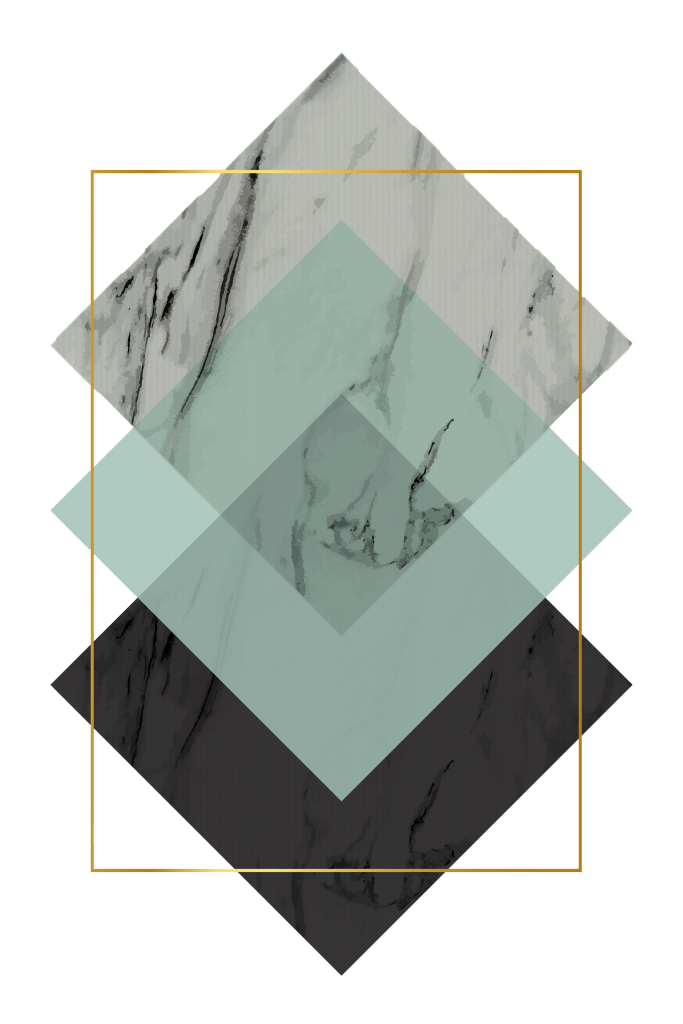
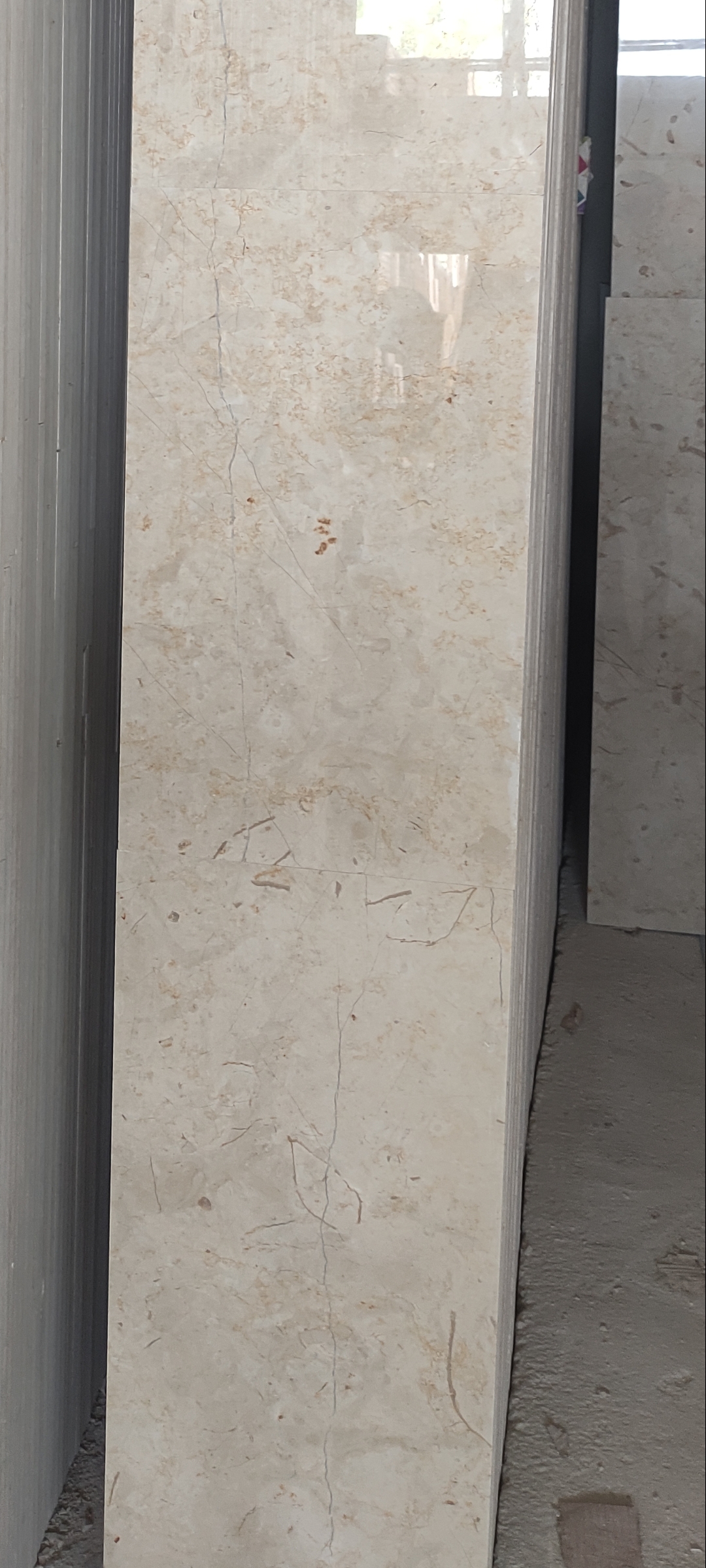
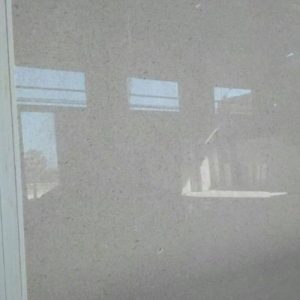
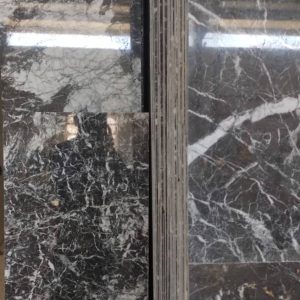
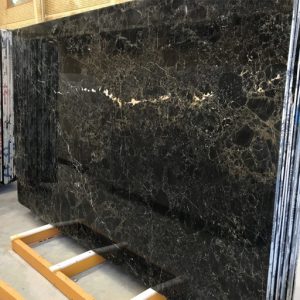
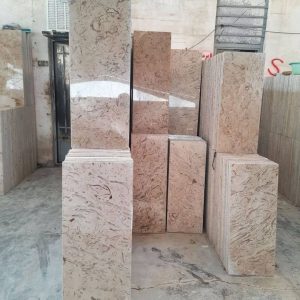
Reviews
There are no reviews yet.